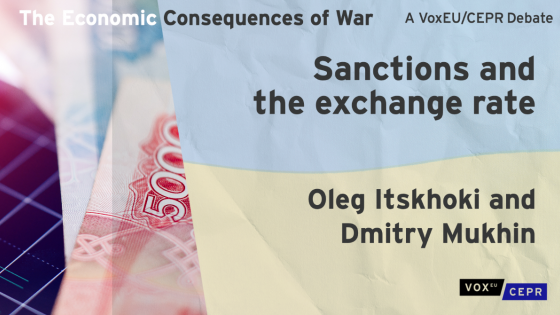DP16555 Exchange Rate Disconnect and the General Equilibrium Puzzle
This paper conducts general equilibrium (GE) estimation to evaluate the empirical contributions of macroeconomic shocks in explaining the exchange rate disconnect, excess volatility, and the uncovered interest parity (UIP) puzzles. We embed stochastic volatilities and limits-to-international arbitrage in a two-country New Keynesian model and estimate the GE system for the US and Euro area using higher-order approximation and full-information Bayesian methods. Assessing the roles of level vs. volatility shocks and linear vs. higher-order approximations, we find that shocks to macroeconomic fundamentals together with their uncertainties can account for a sizable portion—over 40%—of the observed exchange rate variations. Using the GE estimates, we then evaluate whether the fundamental shocks in our model can deliver the UIP relationship observed in the data, and more importantly, whether the results may differ conditionally vs. unconditionally. In line with findings in previous literature, several fundamental shocks individually can indeed generate patterns consistent with data. However, their contributions unconditionally in the GE setting are quantitatively insufficient to resolve the UIP puzzle. The presence of multiple shocks, their potential interactions, and the need for estimators to fit empirical dynamics of all observables beyond just the exchange rate are all likely reasons behind this “General Equilibrium Puzzle,” which underscores the importance of GE estimation beyond simulations or partial-equilibrium analyses.

